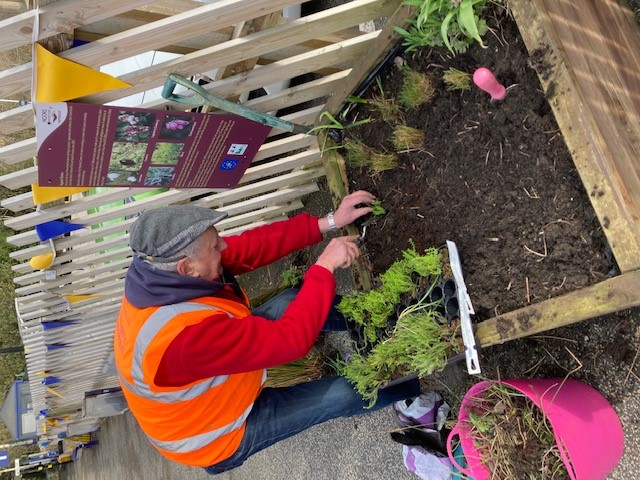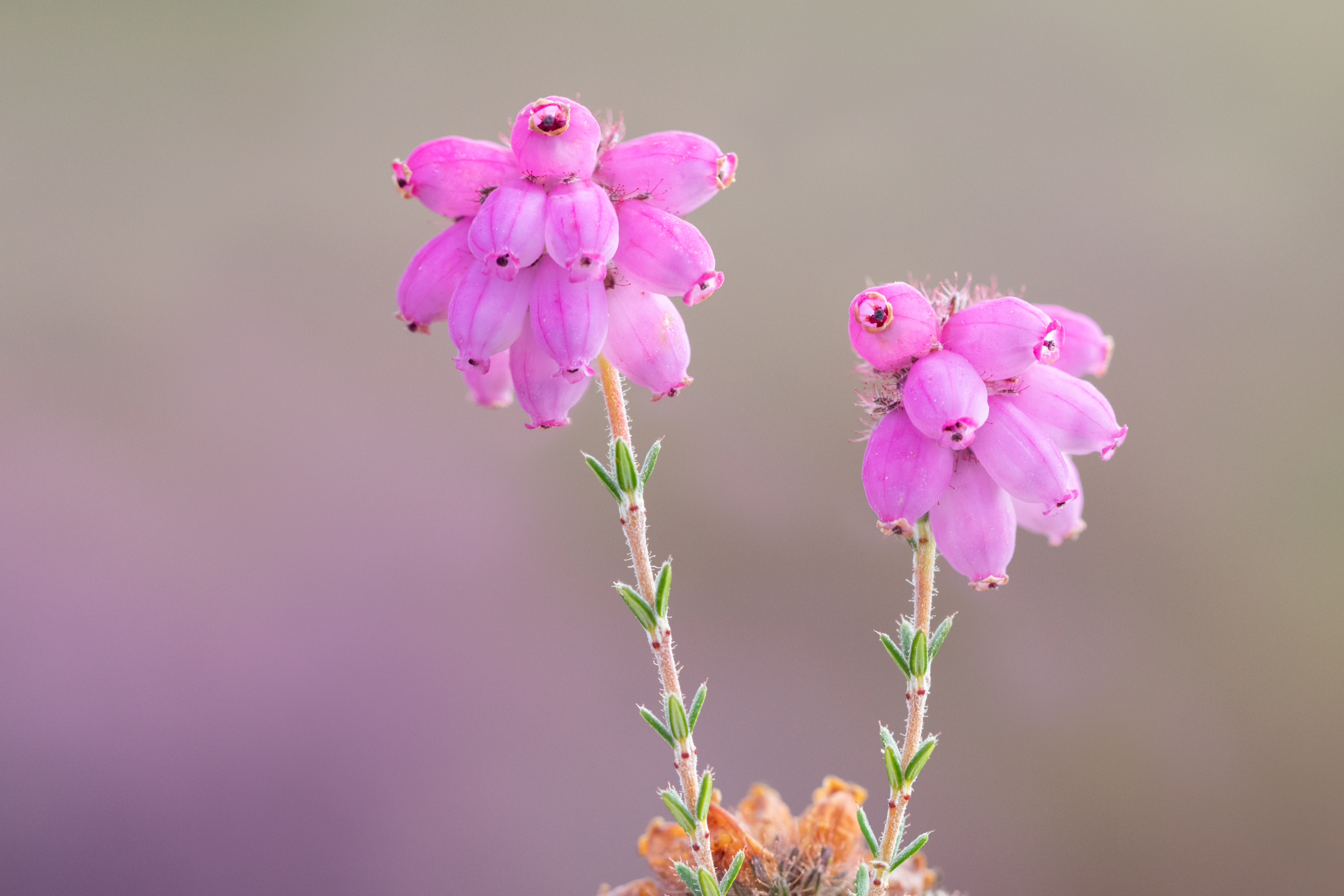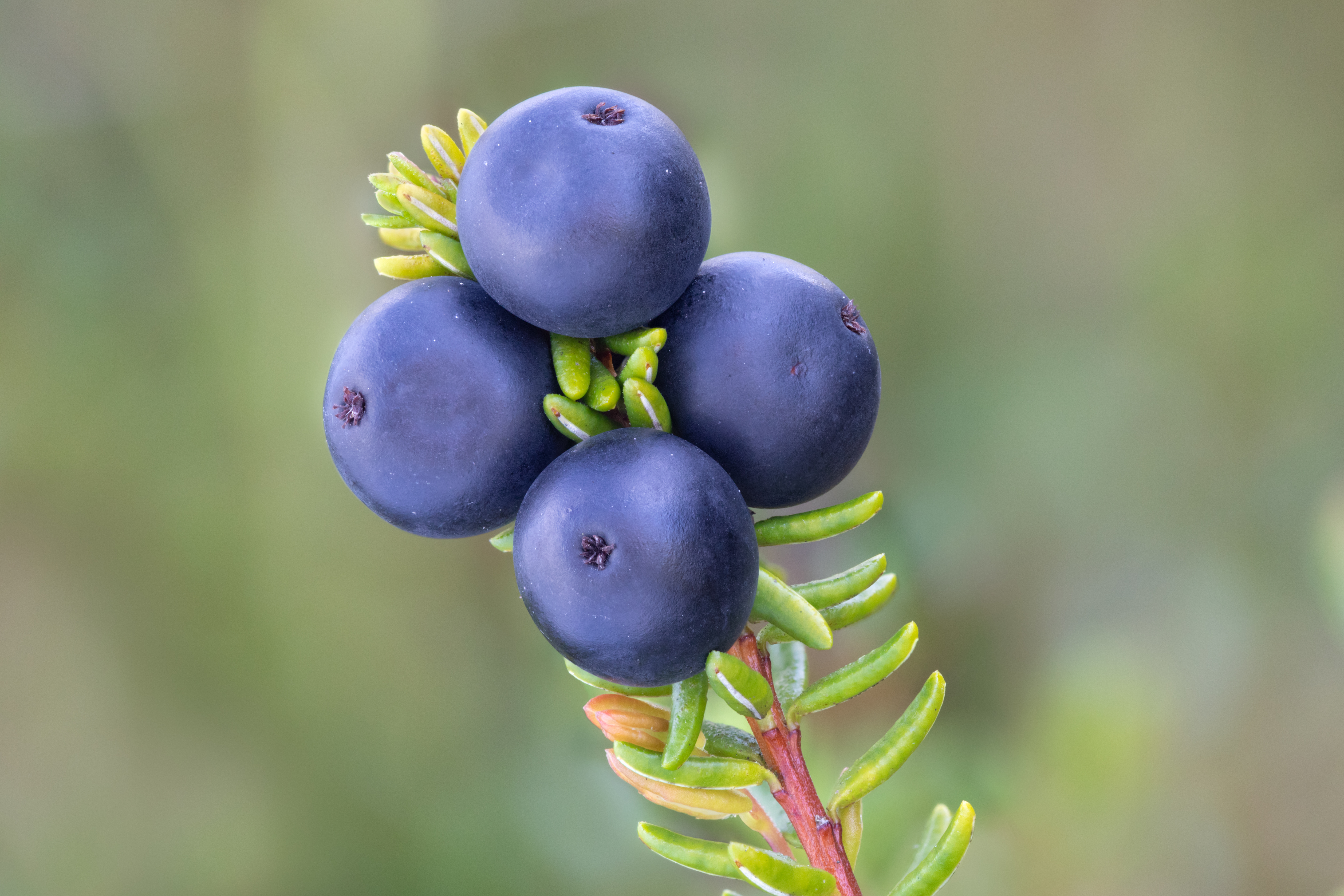Two large planters, situated at Edale Train Station along the Hope Valley line, have been re-planted by Edale Station Friends with wonderful blanket bog species. The plants have been funded by Severn Trent as part of the Moor Water project.

Originally installed under the MoorLIFE 2020 project, the planters are joined by interpretation boards which explain which species you can expect to see in the planters and also when out walking in the local area – particularly, in moorland areas such as Kinder. These include both common and hare’s tail cotton grass (can you tell the difference?!), crowberry that flowers in late spring and bears a dark black berry in the autumn and cross-leaved heath that has distinctive pink bell-shaped flowers between June and September.
When you visit Edale, perhaps to take hike up to Kinder Scout or Mam Tor, be sure to look out for the planters and see if you can identify which species is which.

If you are heading for the hills, you can also download our handy moorland ID app, Explore Moor. Free to download, the app is a field pocket-guide for the sights and sounds of the moors – including wildlife species, plant species and landscape features. Particularly helpful at this time of year, is being able to match the bird calls featured in the app with those you can hear on the moor. A couple to listen out for is the iconic warble of the curlew, and the unique call of the lapwing which sounds rather uncannily like a dial-up modem.
A huge thank you to Edale Station Friends for planting these moorland species and for continuing to care for them, and to Severn Trent for funding these specialist and wonderful plants under the Moor Water project. Read more about the Moor Water project, which was recently shortlisted for the Edie Awards (Sustainable Business) and for the CIEEM Awards 23 (Chartered Institute of Ecology and Environmental Management).

The Severn Trent Moor Water project makes up part of Severn Trent’s Great Big Nature Boost project. Read more about the important role our peatlands play in improving water quality.